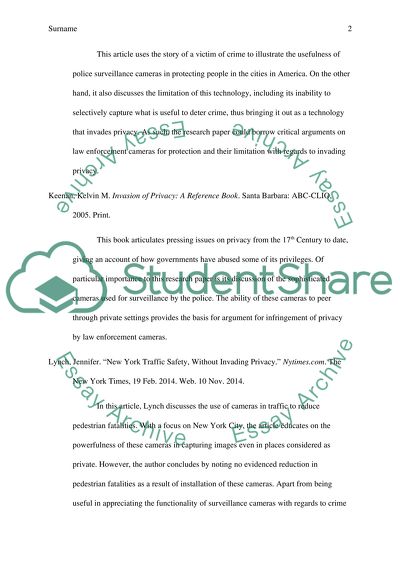Cite this document
(“Law enforcement Cameras Research Paper Example | Topics and Well Written Essays - 2250 words”, n.d.)
Retrieved from https://studentshare.org/english/1664899-law-enforcement-cameras
Retrieved from https://studentshare.org/english/1664899-law-enforcement-cameras
(Law Enforcement Cameras Research Paper Example | Topics and Well Written Essays - 2250 Words)
https://studentshare.org/english/1664899-law-enforcement-cameras.
https://studentshare.org/english/1664899-law-enforcement-cameras.
“Law Enforcement Cameras Research Paper Example | Topics and Well Written Essays - 2250 Words”, n.d. https://studentshare.org/english/1664899-law-enforcement-cameras.


